Cacao has had a significant impact on modern cooking, influencing various culinary traditions and expanding the range of flavors and textures in the culinary world.
Cacao is the primary ingredient in chocolate, and the development of chocolate production has revolutionized the dessert and confectionery industry.
Different varieties of chocolate, such as dark, milk, and white chocolate, offer a wide range of flavors and textures for chefs and home cooks to experiment with.
Being a key component in various desserts and baked goods, including brownies, cakes, cookies, and truffles, its rich, complex flavor adds depth to sweet treats, making them more indulgent and satisfying.
The use of cacao in beverages, such as hot chocolate and chocolate milk, has become widespread.
Additionally, cacao has become a popular ingredient in coffee drinks, with variations like mochas and chocolate-flavored coffee beverages.
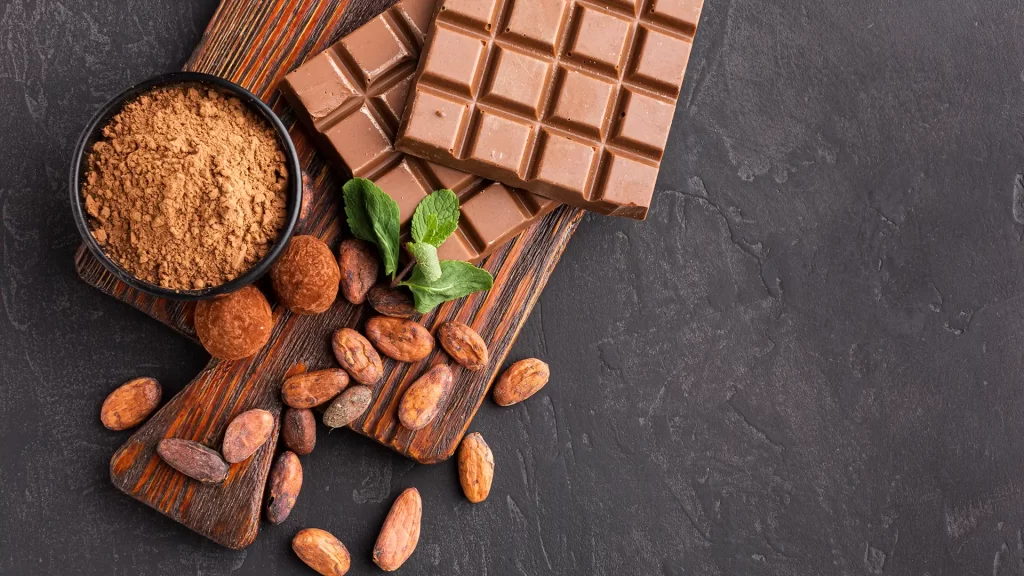
International chefs have explored the savory side of cacao by incorporating it into dishes like mole sauce, a traditional Mexican sauce made with chocolate.
Cacao nibs, the small pieces of crushed cacao beans, add crunch and a hint of bitterness to salads, savory dishes, and even meat-based recipes.
The bean-to-bar movement, where chocolate makers focus on sourcing high-quality cacao beans and carefully crafting chocolate from scratch, has gained popularity.
This movement emphasizes the unique flavors and characteristics of different cacao varieties, like the way wine enthusiasts appreciate different grape varieties.
Cacao has gained attention for its potential health benefits, particularly when consumed in raw, unprocessed form.
Dark chocolate is often touted for its antioxidant properties, and cacao is considered a superfood due to its rich nutrient profile (not forgetting to mention it can be an antidepressant as well).
The journey of cacao to Europe is a fascinating historical story that involves exploration, trade, and cultural exchange.
Cacao is native to the Americas, particularly regions in Central and South America, where it had been cultivated and consumed by indigenous civilizations for centuries.
The Olmec civilization in present-day Mexico is believed to be one of the earliest cultures to have used cacao.
The Aztecs and Maya civilizations also highly valued cacao. They prepared a beverage called “xocoatl,” which was a bitter, frothy drink made from ground roasted cacao beans mixed with water, chili peppers, and other spices.
Christopher Columbus is credited with being among the first Europeans to encounter cacao during his fourth voyage to the Americas in 1502. However, he did not fully understand its significance or value.
The Spanish explorer Hernán Cortés, who arrived in the Aztec Empire in 1519, was introduced to xocolātl by the Aztec ruler Montezuma. Cortés and his crew brought cacao beans back to Spain after the conquest of the Aztec Empire in 1521.
Initially, cacao was still consumed as a beverage in Europe, but it underwent modifications to suit European tastes. Sugar, honey, and later milk were added to sweeten and enhance the flavor of the bitter cacao drink.
The Spanish court, including King Philip II, embraced the exotic beverage, and it gradually spread to other European courts.
The first chocolate houses opened in Spain in the 17th century, and the popularity of chocolate as a drink grew among the European elite.
Chocolate houses later spread to other European countries, including France and England, where chocolate became associated with luxury and social status.
Over time, European chocolatiers experimented with different ways to process cacao. In the 19th century, advancements in chocolate manufacturing led to the creation of solid chocolate bars and other confections.
The Industrial Revolution further transformed the chocolate industry, making it more accessible to the public through mass production and innovations in processing.
European colonial powers played a role in establishing cacao plantations in their colonies in Africa, Southeast Asia, and other tropical regions, expanding the global production of cacao.
Cacao made its way to Europe through the encounters of European explorers with indigenous civilizations in the Americas. The transformation of cacao from a bitter beverage to the chocolate we know today involved adaptations to European tastes and preferences, leading to the widespread popularity of chocolate in Europe and beyond.
It has transformed modern cooking by contributing to the creation of a wide range of sweet and savory dishes, beverages, and desserts. Its versatility, unique flavor profile, and cultural significance make it a staple in kitchens around the world.
Chocolate, a product considered to be of Hispanic/Latin origin, has been one of the most amazing gifts to the culinary world.


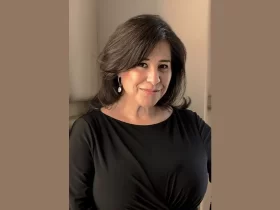


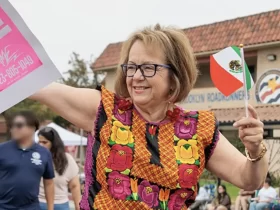














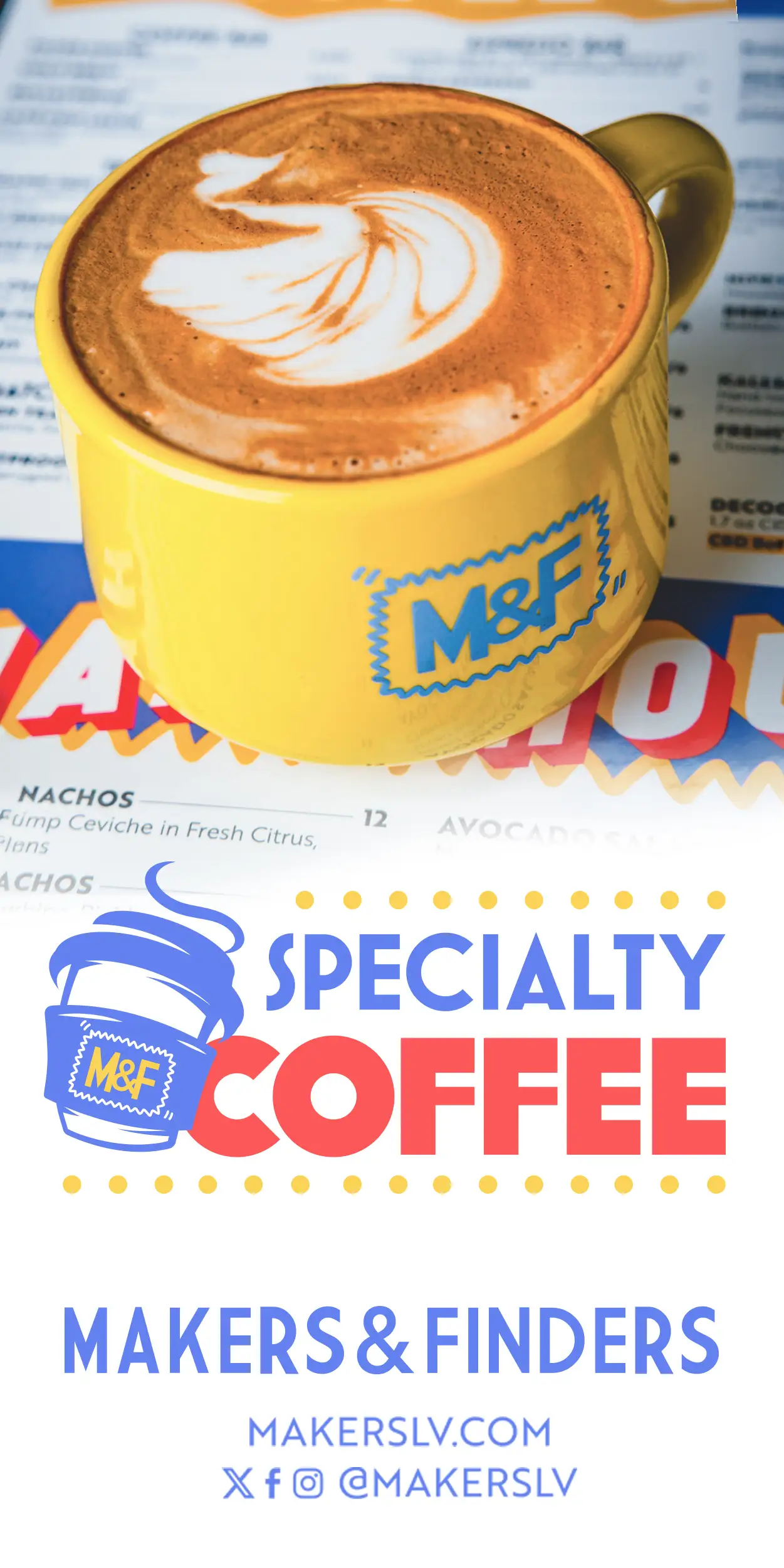
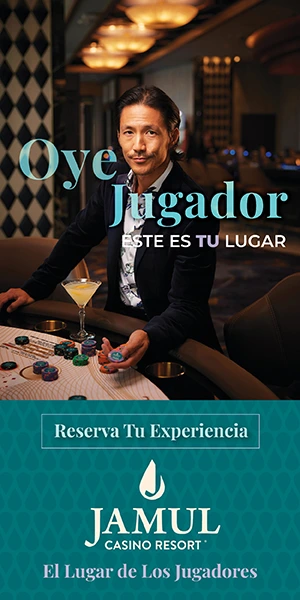

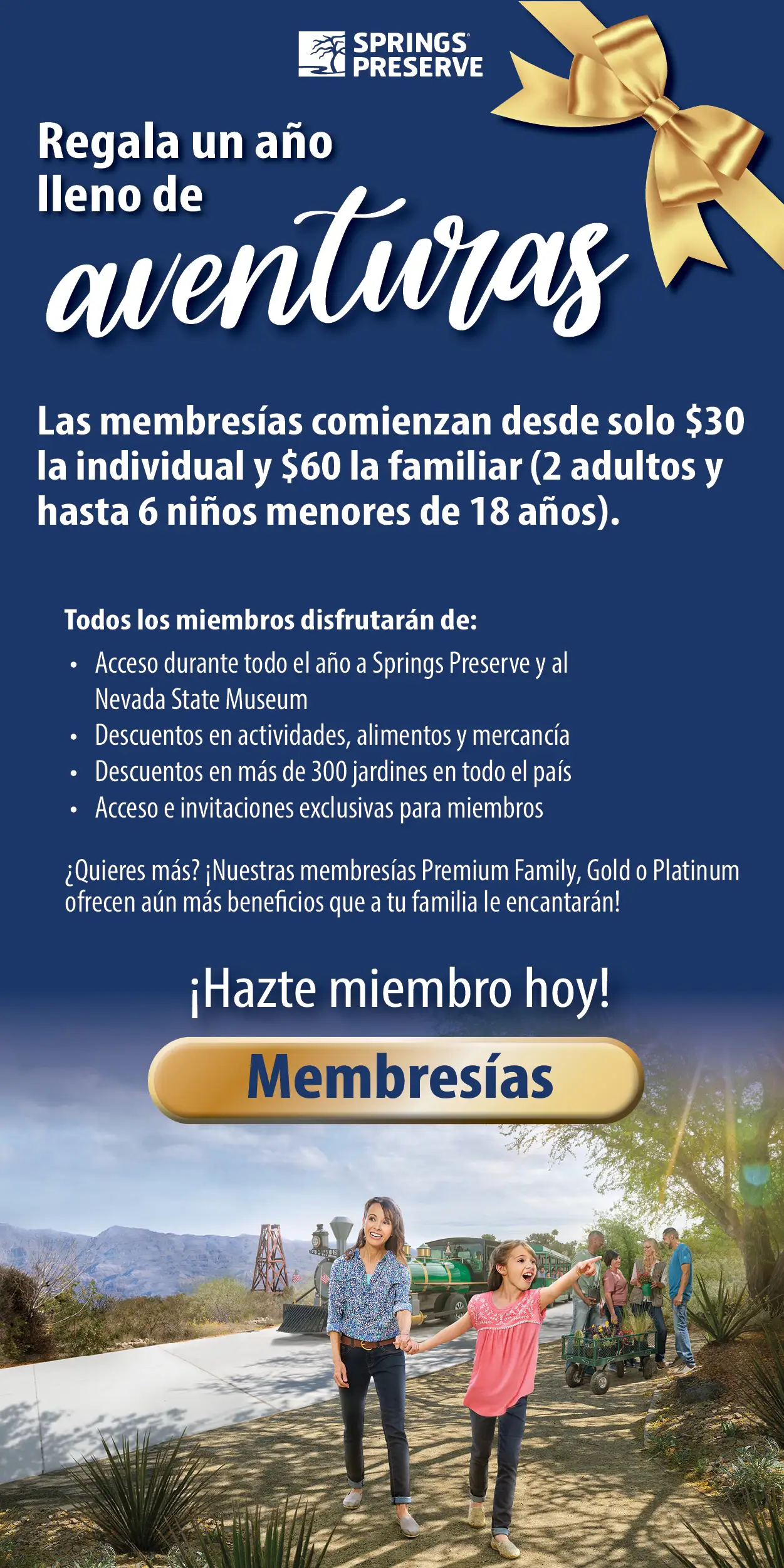



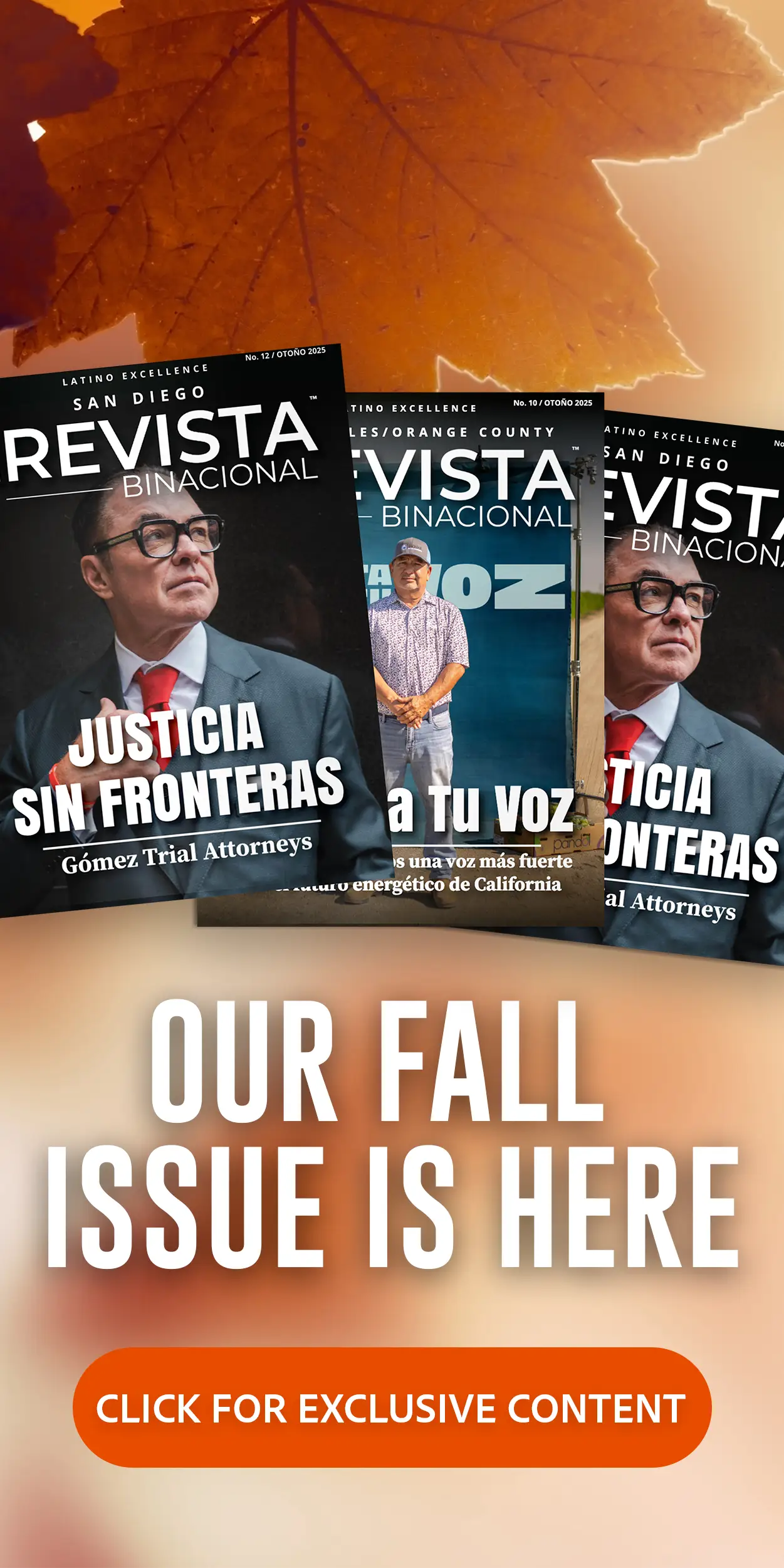




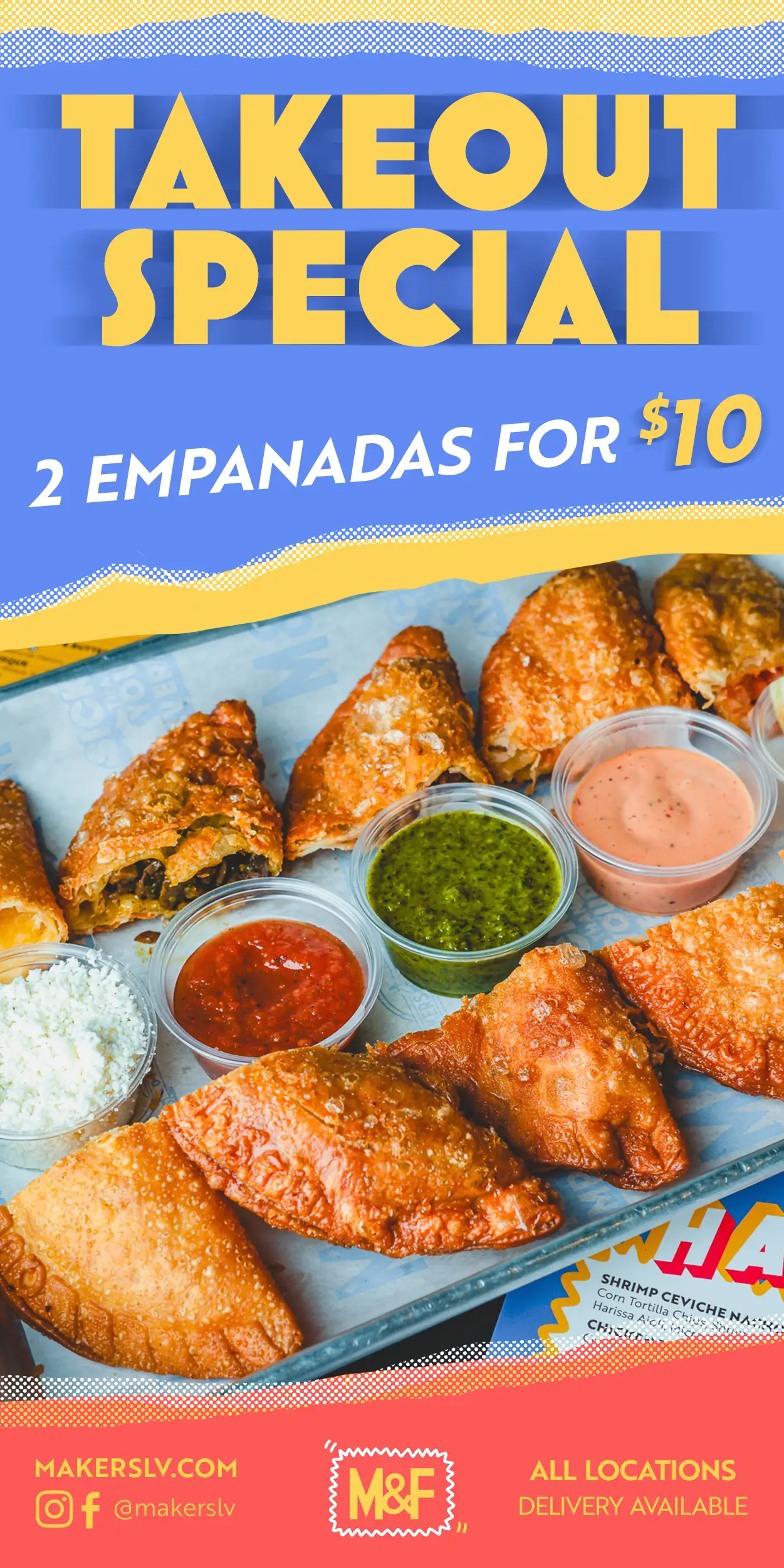


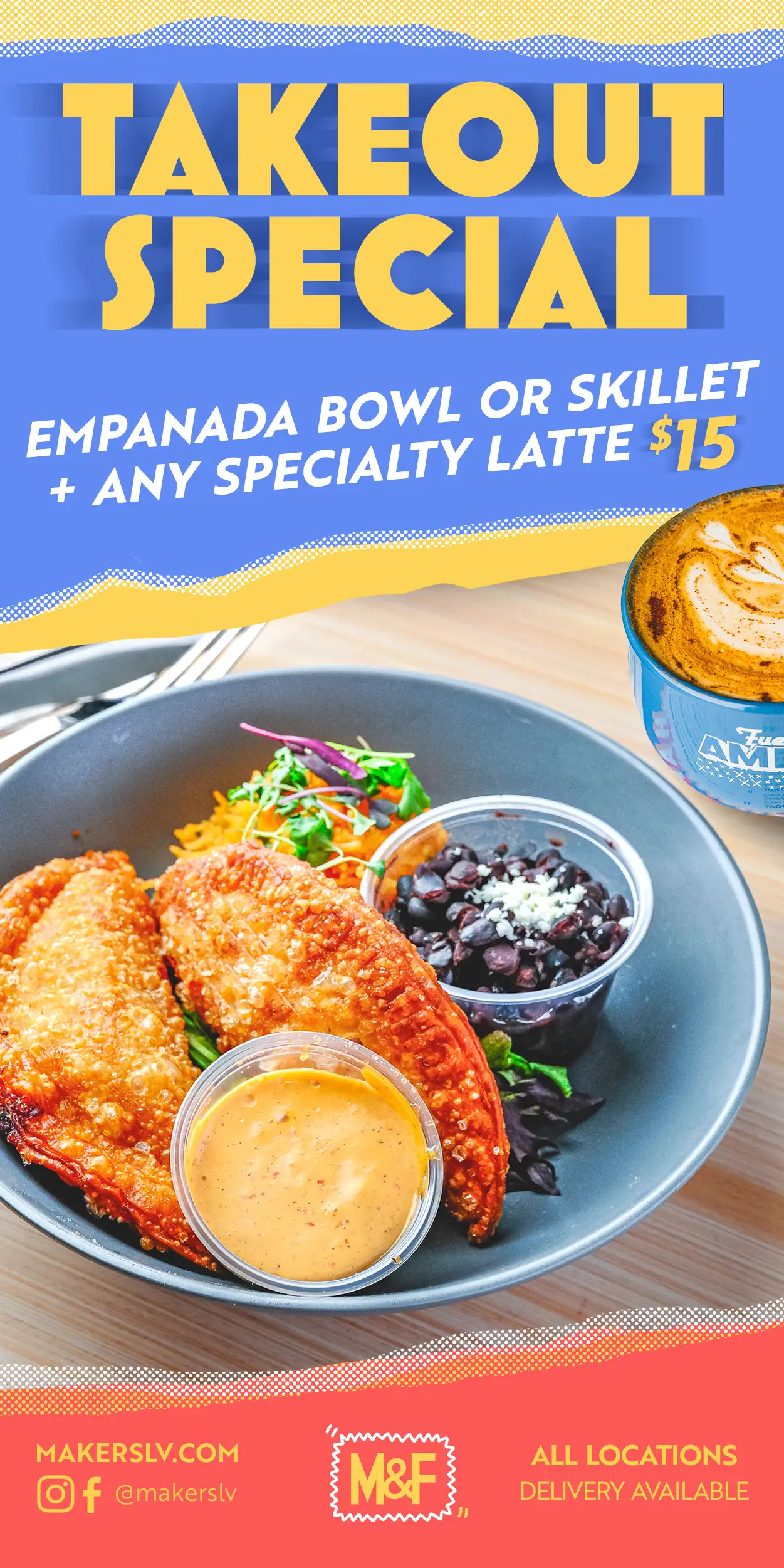
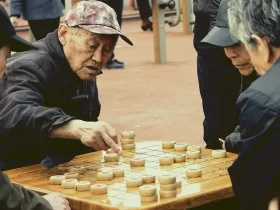



Leave a Reply